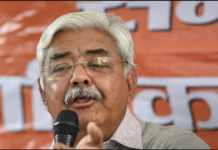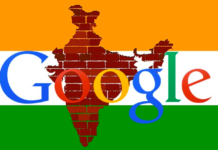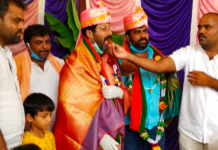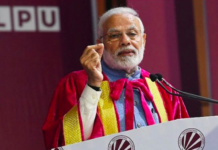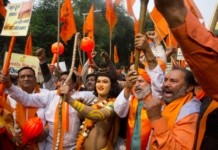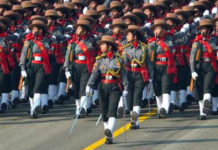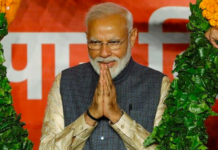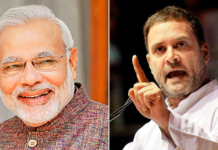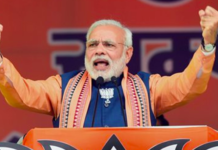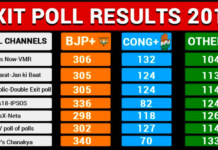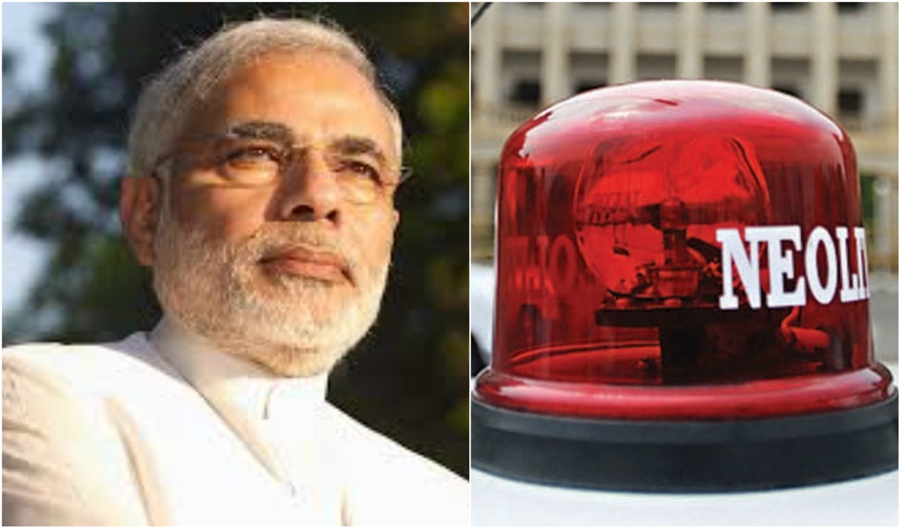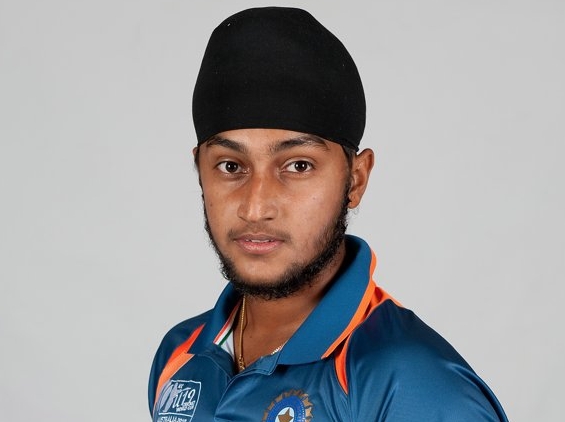Yogi Adityanath’s appointment as Chief Minister of the largest State may be part of the RSS plan to groom the young leader for a larger role, probably even to succeed Prime Minister Narendra Modi.

That the RSS played a major role in the appointment of saffron hardliner Yogi Adityanath as the chief minister of Uttar Pradesh is well known. But then, what is the plan?
While the decision has been criticised by political parties and columnists, the RSS probably has a plan. They may be grooming the Yogi to succeed Narendra Modi in another 10-15 years.
Yogi is just 44 and if he proves himself to be a good administrator and succeeds bagging Uttar Pradesh for a second term, he may be well on his way to Delhi.
The age is also perfect. Yogi is 44 and Modi 66. In another 10 years, Modi will have to give up the PM post (If he is still around) as the BJP has, what is called Rule 75 – anybody above 75 cannot hold a constitutional post. Yogi, by then, will be 55, a nice young age to lead India for another 20 years.
Yogi has the necessary parliamentary experience having been an MP for five terms on the trot. All that he needs is administrative skills. Ruling India’s largest State will give him the necessary experience to rule India.
Uttar Pradesh is a complex State with more complex caste and religious equations. Yogi will have to navigate through this and this, in a way, would truly be a baptism by fire. If he proves to be a success, the RSS experiment would see a new face after Modi.
Yogi, like Modi, is a good orator, he comes from the largest State that can decide on who rules India and he has the firepower in him to consolidate votes. All that he needs to do is to tone down his rhetoric against the Muslim community and be seen more as a face of development.
Yogi acknowledged the concern when talking to reporters after his election as the chief of the BJP parliamentary party and said, “It is our duty to take UP to new heights of development. I believe in Modiji’s ideology of ‘sabka saath sabka vikas’.”
His reach across Uttar Pradesh is phenomenal. Earlier he was confined to just seven to eight districts. Today, his reach is wider and almost spanning across the State.
He is also a no-nonsense leader, again, like Modi. He has a clean image, like Modi. But his saffron robes and image is a big give-away. This is where he will need a course correction in order to step into Modi’s shoes.
Closely watched would be his administrative skills, especially his plans to put Uttar Pradesh on a developmental road. Each milestone on this road would be monitored before the General Elections in 2019. In 2014, the BJP got 73 seats from Uttar Pradesh. In 2019, a combination of Narendra Modi and Yogi Adityanath may up this number.
Yogi’s popularity will also be on test that year. In 2019, he will have to deliver the maximum number of seats from UP to the BJP. And, that again, will depend on his performance.
His skills will also be on test when he will take on the like of Azam Khan and Muslim hardliners. Also waiting in the wings would be the Yadavas led by Akhilesh Yadav.
First on Yogi’s priority would be to tackle the deteriorating law and order situation and spurring a lethargic caste-oriented bureaucracy to action. He would be seen harsh and unsparing on crimes against women and show the likes of Gayatri Prajapati their place.
Yogi has already sent out a tough image: that he will not tolerate hooliganism in the name of celebrations.
By picking him to govern India’s largest state, Modi and Shah have sent across a clear message that they will be bound by neither the norms of “politics as usual” nor the requirements of political correctness.
Coming after the “surgical strike” and demonetisation, the appointment of Yogi, an unabashed leader of the Ramjanmabhoomi movement, can be termed as the third “disruptive move” of the saffron regime, and is part of the populist nationalism BJP seems to be crafting around the theme of Hindutva.
Observers promptly saw it as an attempt at the consolidation of Hindus ahead of the 2019 Lok Sabha polls. Hindutva themes were part of BJP’s successful poll pitch and in fact, Modi himself was accused of polarising the electorate when he gave the “shamshan versus kabristan” analogy to argue that the SP government discriminates among communities.
The selection will, no doubt, go down extremely well with the party’s core base and UP may be in for a new political phase.
Is this the New India that Modi was referring to in his victory speech? Only time will tell.































